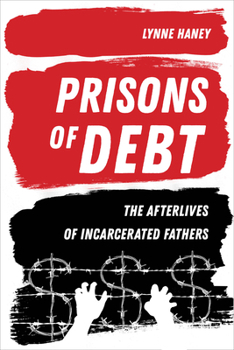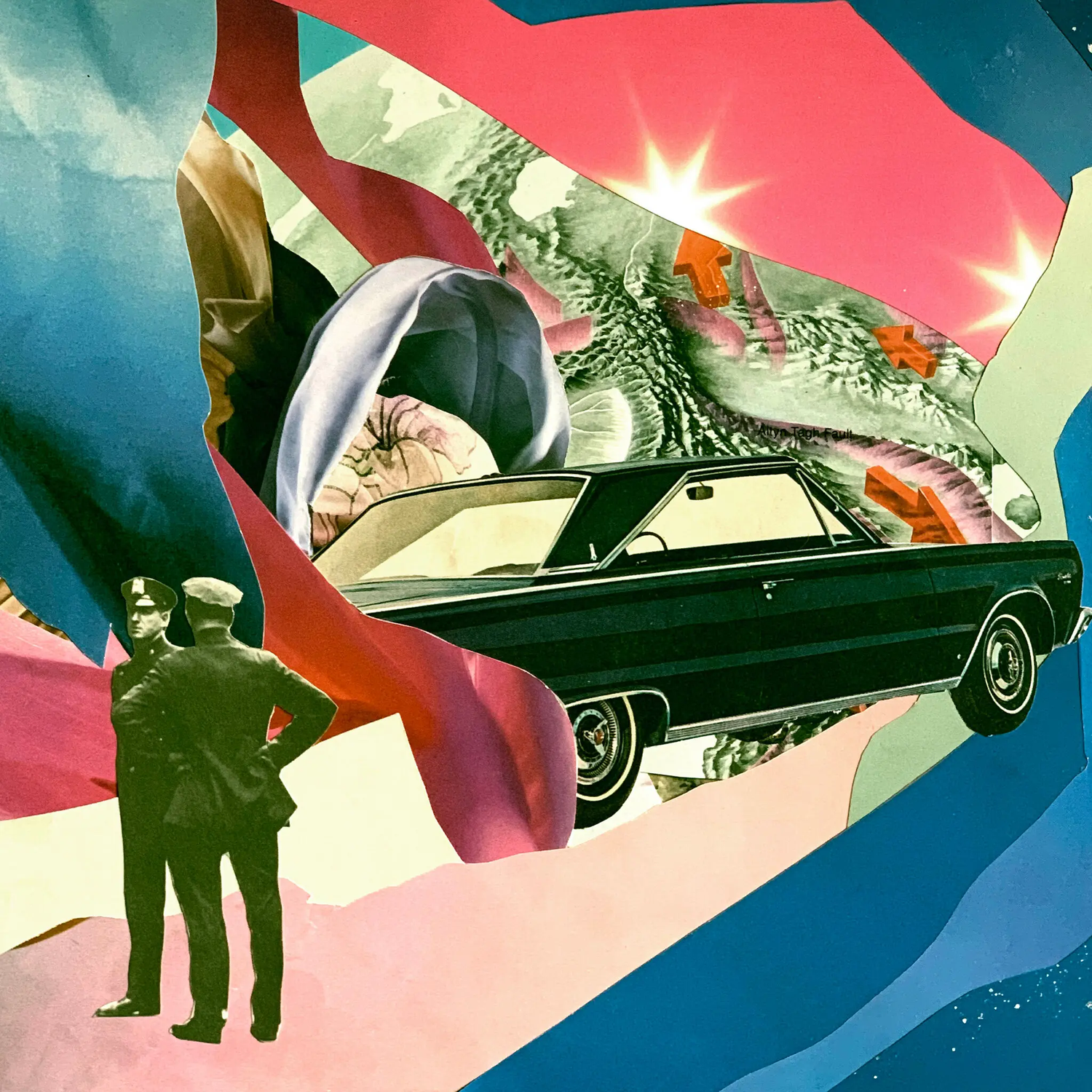Right now we’re a small community of peer researchers doing this work, and I feel great that we’re the trailblazers, we started this incarceration research for ourselves, but it’s going to go past us. Hopefully, this research will lead to change in New York state prisons, whether they look more into the commissary costs, or child support, or the fines and fees and other penalties, like parole, that come with being incarcerated.
—Vincent Thomas, Peer Researcher
The Prison Education Program Research Lab is a collaborative effort between faculty and students at NYU Prison Education Program to document the financial and human costs of incarceration, and to amplify the knowledge and expertise of individuals and communities directly impacted by mass incarceration.
Varieties of Carceral Debt
Before incarceration, how do states, cities, corporations, & local businesses profit?
Pre-trial obligations include Bail Debt and Legal Representation Debt.
Court fines, fees, surcharges, and restitution make up the bulk of what are termed Legal Financial felony surcharges, electronic monitoring, drug testing and sex offender registration.
During incarceration, how do states, corporations, & local businesses profit?
Pay-to-Stay, for room and board, is charged in many states.
Commissary Debt, from mark-ups for prison goods and services necessary for survival because of the lack of nutrition in institutional food.
Phone Debt and Tablet Debt for telecom contact
Wage Theft, incurred from the low pay for maintenance labor and industrial work programs
Lost Wages, from households of incarcerated people
Transportation Debt, accrued by family members on prison visits
Child Support Debt, paid to the state not the parent, is a major burden borne during and after incarceration.
Medical Debt for care of injuries incurred as a result of the conditions of incarceration and under-regulated workplaces.
After incarceration, how do states, corporations, & local businesses profit?
Private probation debt, owed to companies on contract with the state to supervise probation
Auto Debt, from subprime loans offered to borrowers whose credit was shredded during incarceration
Housing debt, incurred from renting suboptimal accommodations on reentry
Lost Earnings from labor market barriers for formerly incarcerated
Emotional Debt-owed by incarcerated people to families, partners, and associates who have borne the costs of their incarceration.
At any time, how do city & local businesses profit?
Redlining of center-city neighborhoods had a "captivity" effect, spatially, on multigenerational communities of color, resulting in several forms of chronic debt burdens, including Slumlord Rent Debt and Grocery Debt (from mark-ups in store credit, especially in food deserts)
Deindustrialization and job loss forced residents to borrow in order to stay afloat, encouraging risky and illegal activities to service these Household Debts.
Over-policing of these "high-crime" neighborhoods generates other burdens disproportionately borne, including Traffic Fines/Fees, and other forms of revenue policing, as well as Medical Debt from injuries incurred at traffic stops that turn violent.
Our Lab
Projects
Lab Achievements
BOOKS
We are currently producing a book on Family Debt.
Our most recently published book—Abolition Labor—draws heavily on the work experience of formerly incarcerated men and women. Another key component is our investigation of the impact of carceral costs on household economies.
Cars and Jail: Freedom Dreams, Debt and Carcerality, is on the interactions between automobile ownership, policing, debt, and criminalization.
ARTICLES AND OPINION ESSAYS
Against the day: dispatches on carceral debt
A special dossier with essays by PEP Lab researchers, South Atlantic Quarterly, Volume 121, Issue 4, October 1, 2022
The High Cost of Cheap Prisons
Starting in the early 2000s, a bipartisan consensus emerged around the untenable price tag of mass imprisonment. By Tommaso Bardelli, Zach Gillespie, and Thuy Linh Tu, The Law and Political Economy Project, April 12, 2023
Research Team
Jump to the Research team section
Community Outreach
The Lab is a resource for community groups and movements working on these issues. We welcome comments and connections to the work they’re doing. See Community Outreach below.
Funding
Current funding:
United States Department of Education, Grant for Community Outreach and Promotion
Institute for Research on Poverty, “Familial Debt and Reentry: Barriers to Child Support Adjudication.”
Pending Funding:
National Science Foundation, REU Site: Research Training for Formerly Incarcerated Undergraduates
The NYU Prison Education Program (PEP) is a college-in-prison program that aims to expand access to higher education within communities impacted by the criminal justice system and to model how a research university can advance solutions to real-world problems. In 2018, NYU PEP formed the Research Lab, a collaboration between faculty and formerly incarcerated students at NYU, to study the costs of incarceration and to generate grounded policy recommendations and advocacy initiatives around responsible decarceration in the city and state. Students with lived experiences of incarceration are hired and trained by faculty members in the methods and ethics of social science research and take part in all aspects of research, including identifying research questions, design, data collection, and dissemination. By drawing on researchers from NYC communities most affected by incarceration, the Research Lab hopes to amplify their voices and concerns and to increase communities’ capacities to respond to the effects of incarceration.
Afternotes Part 1. This short documentary is the first episode in a series of films about the costs of incarceration produced by the NYU PEP Research Lab. In this film, researchers reflect on their work and their experience within the prison system.
On Commissary: Nouchie Goes Shopping. Afternotes Part 2: This short documentary is the second episode in a series of films about the costs of incarceration produced by the NYU PEP Research Lab. In this film, Nouchie talks about his experience with the prison commissary store.
An event organized by the NYU Law School’s Ending Prison Industrial Complex (EPIC) group, featuring PEP students Omar Padilla, Mychal Pagan, and Aiyuba Thomas.
Debt and Incarceration

Illustration by Molly Crabapple
In 2018, members of PEP Research Lab began research on the relationship between debt and incarceration in New York City. As privatization and austerity measures have shifted the cost of the carceral system onto individuals, incarcerated persons are increasingly compelled to pay for their institutionalization, including amounts for administrative fees and legal support, and for covering basic necessities during incarceration. The result is that many fall into a debt trap upon release into vulnerable urban neighborhoods, which unsurprisingly are rife with myriad forms of predatory lending. The fiscal burden is borne largely by family, friends, and community members whose own limited financial resources are continually drained to support incarcerated loved ones through a broken legal and institutional system.
Abolition Labor chronicles the national movement to end the exception in the 13th Amendment that permits forced labor in U.S. prisons. Based on extensive interviews (in New York, Alabama, Texas, and Georgia) with formerly incarcerated men and women, along with movement activists, the book also offers a holistic picture of what it looks like to perform forced work—for no pay or for penny wages— behind bars. The book provides a wealth of insights into the vast underground economy where many prisoners have to hustle to survive, and connects these illicit activities to the precarious economy on the outside. Drawing on field interviews in Alabama, in particular, Abolition Labor describes the efforts behind the new prisoner rights movement that began with system-wide work strikes in the 2010s. And, finally, the authors argue that, far from being quarantined off from society, prisons and their forced work regime have a sizable impact on the employment market and the economic life of tens of millions of American households.
Release Date: June 2024
Publisher: OR Books
Pre-order:
PROJECT
The Family Debt
“It was like I was a corpse. I knew the system thought of me like that. I was dead to it. But when I felt like a corpse to my family, man, that was too much.”
—ZK, a father interviewed for the Family Debt Project
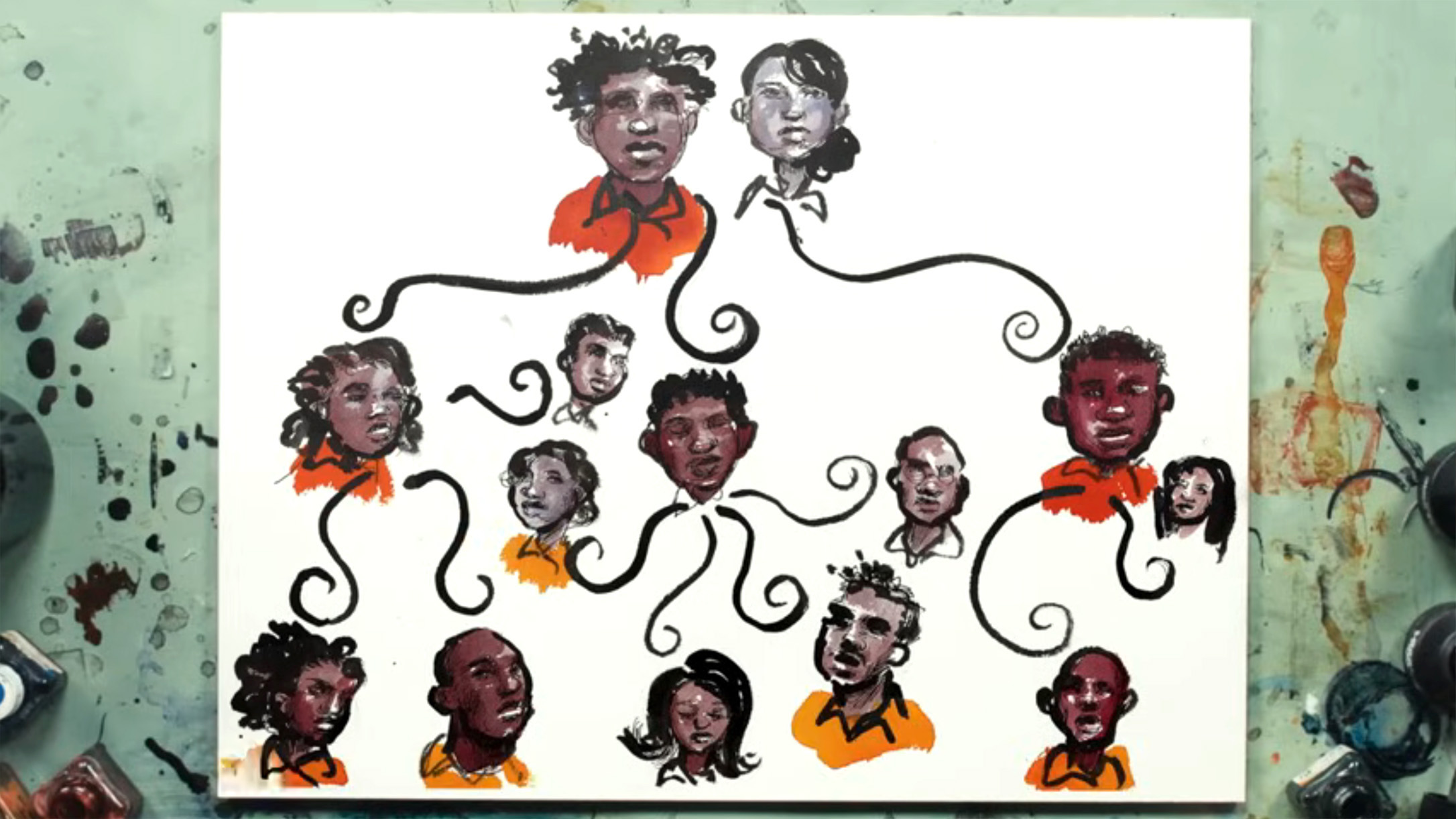
How are carceral debt and financial support managed in familial networks? How does this debt become entangled in familial relations? How does it shape family relations of care and familial bonds? Are some forms of debt more consequential? For whom? And how to female kin navigate the racialized and gendered dimensions of financial extraction and accountability?
A profound portrait of the hidden injustices that trap fathers in a cycle of punishment and debt. In the first study of its kind, sociologist Lynne Haney travels into state institutions across the country to document the experiences of the millions of fathers cycling through the criminal justice and child support systems. Prisons of Debt shows how these systems work together to create complex entanglements—rather than “piling up” in men’s lives, these entanglements form feedback loops of disadvantage. The prison-child support pipeline flows in both directions, deepening parents’ debt and criminal justice involvement. Through moving accounts of men struggling to be fathers from behind prison walls and under the weight of support debt, Prisons of Debt exposes how the criminalization of child support undermines the most essential of familial relationships. Haney argues that these state systems can end up producing exactly the kind of parent they fear and loathe: bitter, unreliable, and cyclical fathers. Based on observations of 1,200 child support cases and interviews with 145 indebted fathers in New York, California, and Florida, Prisons of Debt reveals the actual practices of child support adjudication and enforcement alongside the lived realities of fathers trapped in those systems. The result is a rigorously documented analysis of how poor men are too often denied their rights of citizenship and of fatherhood.
Our social safety net should not have a payback price tag. It should be there to catch families that need it. Reforming it would be a real Father’s Day gift.
—Lynne Haney, and Aunray Stanford, New York State Should Stop Seizing Child Support Payments, Newsday,”
June 30, 2023
Racism is like a Cadillac, they bring out a new model every year.
—Malcolm X (a former auto worker)
By Julie Livingston and Andrew Ross,
2022
Written in a lively, accessible fashion and drawing extensively on interviews with people who were formerly incarcerated, Cars and Jails examines how the costs of car ownership and use are deeply enmeshed with the U.S. prison system.
American consumer lore has long held the automobile to be a “freedom machine,” consecrating the mobility of a free people. Yet, paradoxically, the car also functions at the cross-roads of two great systems of entrapment and immobility– the American debt economy and the carceral state.
Cars and Jails investigates this paradox, showing how auto debt, traffic fines, over-policing, and automated surveillance systems work in tandem to entrap and criminalize poor people. The authors describe how racialization and poverty take their toll on populations with no alternative, in a country poorly served by public transport, to taking out loans for cars and exposing themselves to predatory and often racist policing.
Looking skeptically at the frothy promises of the “mobility revolution,” Livingston and Ross close with provocative ideas for overhauling transportation justice, traffic policing, and auto-financing.
The Cost of Cars
In 2018, a survey found two townships in Louisiana were drawing more than 90% of their general revenue from traffic fines and fees.
The 50,000 traffic stops averaged each day are a primary point of capture for the 10 million people who cycle through America’s jails every year, and for the imprisonment of so many of the country’s poorest citizens.
—Julie Livingston and Andrew Ross, “How US Police Got the Deadly Power to Stop Drivers at Will,” The Guardian guest essay, Feb. 3, 2023
The personal automobile is an icon of freedom, and the pleasures of mobility rightfully prized by those who have been caged. But arrests from traffic stops are the primary means by which they become incarcerated. Paradoxically, the car functions at the cross-roads of two great systems of unfreedom and immobility—the credit economy and the American carceral system. Our researchers investigate this paradox in detail, tracking how the long arms of debt and carcerality operate in tandem in the daily life of car use and ownership. They document the numerous ways in which discipline and control are exercised daily, far outside the prison or jailhouse walls, in ways that are redolent of the criminal justice system. These include the tyranny of the credit score, revenue policing, subprime lending, the expansion of data mining and scrutiny of individual conduct by government and corporations, the surveillance technologies built into cars, and the road warrior culture of a highly militarized society oriented to fossil fuel extraction and its procurement.
A short video on Cars and Jails: Freedom Dreams, Debt, and Carcerality, a new book by Julie Livingston and Andrew Ross.
Car Dreams: Debt, Carcerality and the Automobile. A short film by Mychal Pagan and Gabriela Azevedo
The Cost of Commissary

Illustration by Molly Crabapple
Beginning in Fall 2019, our team has been conducting research on the costs of commissary and related consumer spending during incarceration. By studying the commissary system, our aim is to trace the flow of money into the prison, its circulation inside, and the fiscal effects on families on the outside. To date, our researchers have conducted qualitative interviews with over 50 formerly incarcerated men living in New York City, as well as with their family members, exploring the multiple financial costs people face to meet their basic needs during incarceration. Our findings show that people must spend considerable sums in order to cover basic needs while incarcerated, and that they often have to rely heavily on family and friends for financial assistance. As a consequence, incarcerated individuals and their families often face an impossible choice: drain the household’s resources to support their loved ones inside or leave them exposed to the most brutal forms of deprivation.
What is $8.96 per day?
The amount Pennsyvania spent on food per incarcerated person in 1996 was $8.96 per day.
What is $2.61 per day?
By 2018, Pennsyvania reduced the amount to $2.61 per day.
What is $0.0 / hour?
In Lousiana, Arkansas, Alabama, and Texas the hourly wage for incarcerated people is $0.0 per hour.
What is $0.40 / hour?
In New York the hourly wage for incarcerated people is $0.40/hour.
Daily Amount That States Spent On Prison Food Per Person, 1996 – 2018
Source: Impact Justice, 2021
Hourly wages for incarcerated people by state
Source: Impact Justice, 2021
Zach Gillespie (PEP Research Lab) talks to Briane Cornish and Gordon Davis, President and Treasurer of fINEQUITY, an organization helping those impacted by incarceration to grow their financial power.
NYU Prison Education Program’s peer researchers Derick McCarthy and Aiyuba Thomas talk to Akeel Adil, owner of Rogue Optical, about his experience starting a business after incarceration.
Project: Archive Collection

New York State Should Stop Seizing Child Support Payments
A guest essay on Newsday by Lynne Haney and Aunray Stanford,
June 30, 2023

Alabama Rising
By Andrew Ross and Aiyuba Thomas
For the past decade, people incarcerated in Alabama have led successful national worker strikes. Could a new prisoners’ rights movement be underway?
Inquest, May 25, 2023
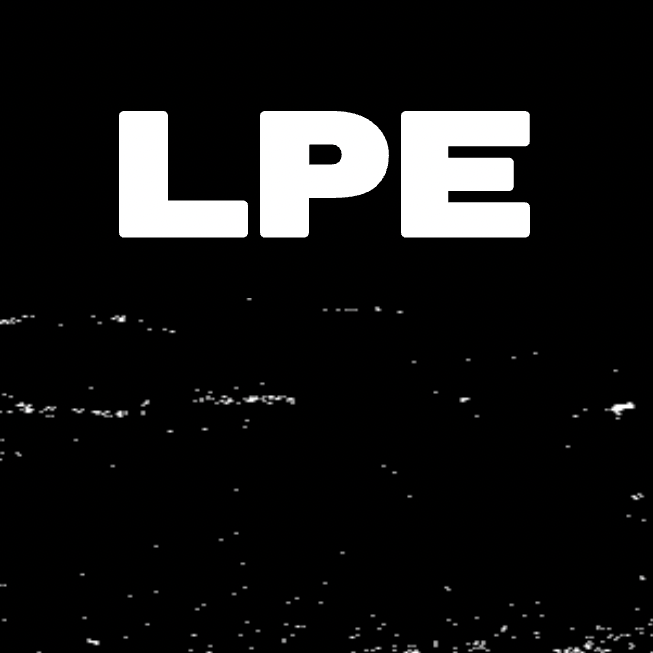
The High Cost of Cheap Prisons
By Tommaso Bardelli, Zach Gillespie, and Thuy Linh Tu
Starting in the early 2000s, a bipartisan consensus emerged around the untenable price tag of mass imprisonment.
The Law and Political Economy Project, April 12, 2023
BOOK PROJECT
Cars and Jails: Freedom Dreams, Debt and Carcerality
By Julie Livingston and Andrew Ross
Drawing on interviews with formerly incarcerated men and women, Cars and Jails examines how the costs of car ownership and use are deeply enmeshed with the American prison system.
Published 2022

Against the day: dispatches on carceral debt
A special dossier with essays by PEP Lab researchers
South Atlantic Quarterly, Volume 121, Issue 4, October 1, 2022

Probation Profiteering Is the New Debtors’ Prison
By Andrew Ross
We must end the widespread practice of funding government budgets by extorting poor people apprehended for minor offenses.
Boston Review, November 9, 2021
“Not a Place to Get Sick”: Punishment and Illness in New York Prisons During the COVID-19 Pandemic
By Tommaso Bardelli and Ayuba Thomas
Disability Covid Chronicles, May 20, 2021

The Debt and Incarceration Collection at Tamiment Library & Robert F. Wagner Labor Archive
The collection includes anonymized transcripts of interviews conducted with formerly incarcerated New Yorkers and their families by PEP Research Lab’s researchers (2019-2021). The interviews document the multiple financial costs people face to cover basic needs during incarceration, and how decades of fiscal austerity and the privatization of basic services within the prison system progressively shifted the economic costs of incarceration onto prisoners and their families.
The Cost of COVID
Incarcerated people and their families have been especially vulnerable to the effects of the COVID-19 pandemic. Prisons and jails have become epicenters of the pandemic as have the poor, urban, predominantly Black and brown neighborhoods from which they draw. The pandemic has had important and long-term ramifications for life inside prison facilities, including for the financial costs faced by incarcerated people and their families. By drawing on in-depth interviews and oral histories with people who were incarcerated during the pandemic, as well as with their families, this project examines different aspects of the COVID-19 crisis in New York State prisons, from the lack of adequate medical care experienced by incarcerated persons, to the challenges of staying in touch with loved ones and the heightened costs of prison telecommunications.
Community Outreach
• Brooklyn Defender Services
Brooklyn Defender Services is a public defense office that provides outstanding representation and advocacy to people facing loss of freedom, family separation and other serious legal harms.
• Million Dollar Hoods at UCLA
Million Dollar Hood at UCLA maps and documents the human and fiscal costs of mass incarceration in Los Angeles and beyond. Launched in September 2016, the Million Dollar Hoods website, began by hosting digital maps that show how much is spent per neighborhood on incarceration in Los Angeles County.
• Legal Action Center
The Legal Action Center (LAC) uses legal and policy strategies to fight discrimination, build health equity, and restore opportunity for people with arrest and conviction records, substance use disorders, and HIV or AIDS.
• New Media Advocacy Project (N-Map)
The New Media Advocacy Project (N-Map) advances human rights by merging law with multimedia storytelling to bring the voices of people who have suffered human rights abuse into the halls of power. In partnership with human rights defenders around the world, we produce tactical, audience-focused videos that help win cases and campaigns, influence policy, mobilize communities, and make the policy and law more accessible. We explore how new modes of storytelling, emerging technologies, and law can combine to ensure the human rights movement evolves and remains effective.
• The Marshall Project
The Marshall Project is a nonpartisan, nonprofit news organization that seeks to create and sustain a sense of national urgency about the U.S. criminal justice system. We have an impact on the system through journalism, rendering it more fair, effective, transparent and humane.
• Visiting Room Project
The Visiting Room Project is a digital experience that invites the public to sit face-to-face with people serving life without the possibility of parole to hear them tell their stories, in their own words. More than five years in the making, the site is the only collection of its kind, containing over 100 filmed interviews with people currently serving life without parole. The interviews were filmed at Angola, the Louisiana State Penitentiary, which is, in many ways, the epicenter of life without parole sentences worldwide. As of 2022, more than 55,000 Americans are living in prisons serving life without parole, their lives largely hidden from public view.
• Relevant Films
The Prison in 12 Landscapes
—In the era of mass incarceration, this film looks at how prisons affect citizens across the USA.
Thirteen
—An in-depth look at the prison system in the United States and how it reveals the nation’s history of racial inequality.
ManUp! Inc.
Man Up Inc.’s mission is to serve urban neighborhoods as a Multi-Cultural, social service Agency for Neighborhood improvement and for the complete Understanding of emergency Preparedness!
MUSA is a comprehensive multi-cultural, social service agency that provides violence prevention/intervention; youth services; employment training; and other family-related services that encourage community empowerment. MUSA is dedicated to building healthy and safe neighborhoods with the infusion of local credible messengers.
Research Team
Faculty Researchers

Andrew Ross
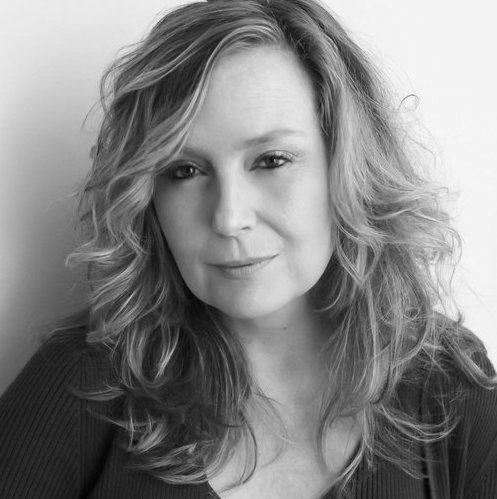
Lynne Haney

David Knight
Faculty Researcher
Assistant Professor of Sociology, Columbia University

Thuy Linh Tu
Faculty Researcher
Professor of Social and Cultural Analysis, NYU
Peer Researchers

Zachary Gillespie

Mychal Pagan

Aunray Stanford
Peer Researcher and Youth Specialist at ManUp! Inc.
Major: Community Organization and Advocacy
Affiliate Faculty and Postdocs

Tommaso Bardelli
Affiliate Researcher
Visiting Scholar and Director of Research at Worth Rises

Debanjan Roychoudhury

Julie Livingston
Affiliate Faculty
Professor of Social and Cultural Analysis and History, NYU
Research Assistants, Alumni, and Interns
Research Assistants
Graduate
Gabriela Azevedo, Jacob Hood, Paolina Lu, Kassandra Manriquez
Undergraduate
To come!
Alumni
Peer researchers
Postdocs
Chloe Haimson
Interns
Prison Education Program at Stuyvesant High School
Volunteers
Brandon George, Stella Ross Gray, Zola Ross Gray, Nina Harris, Hazel Livingston, Huyen Nguyen

